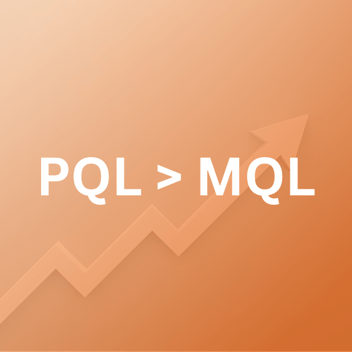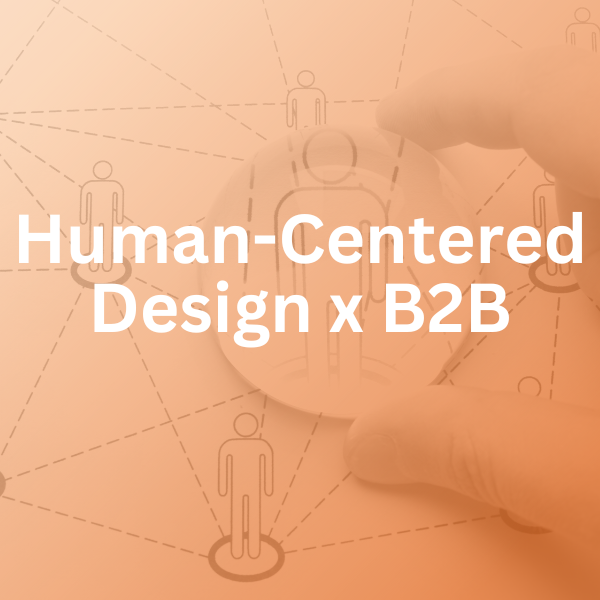Don Norman is a well-known cognitive scientist and usability engineer who has contributed significantly to the fields of human-centered design and user experience. He is best known for his book “The Design of Everyday Things,” which is a seminal work in the field of usability engineering and has been widely influential in the design community. Norman is also a co-founder of the Nielsen Norman Group, a user experience consulting firm, and has taught at several universities, including Northwestern University and the University of California, San Diego.
In this blog, we’re going to take a closer look at human-centered design and the role it plays in B2B sales.
What is Human-Centered Design?
If you ask Don Norman, his human-centered design philosophy is based on the idea that design should be focused on the needs and experiences of end-users. He believes that good design should be intuitive, easy to use, and should enable users to accomplish their goals effectively and efficiently.
The key principles of his human-centered design philosophy are:
1. Focus on the end-user: The design process should begin with a deep understanding of the users and their needs. This involves conducting research, observing users in their natural environment, and gathering feedback to inform the design process.
2. Design for usability: The design should be easy to use, with clear and intuitive interfaces that enable end-users to accomplish their tasks efficiently.
3. Embrace constraints: Constraints such as technological limitations or budget constraints can be leveraged to create innovative solutions that are simple, elegant, and effective.
4. Test and iterate: Design is an iterative process, and prototypes should be tested with users to gather feedback and refine the design.
5. Consider the entire end-user experience: The design should consider the entire user experience, from the initial interaction with the product or process to the final outcome. This includes not only the design of the product or process itself but also elements like packaging, instructions, and customer support.
Overall, human-centered design emphasizes the importance of designing an experience or product for the end-user, with a focus on usability, simplicity, and an iterative design process.
Now, what role does human-centered design play in B2B sales?
The True End-User of Your Sales Process: Your Buyers
Many sales processes often lack human-centered design for its true end-user, the B2B buyer.
Traditionally, the sales process has been focused on the needs of the seller rather than the buyer. Salespeople have been trained to pitch their products and services, overcome objections, and close deals, without necessarily taking into account the needs and experiences of the buyer. This approach assumes that the buyer is primarily motivated by the features and benefits of the product or service, rather than their broader business goals and challenges.
However, the reality is that B2B buyers are typically sophisticated purchasers who are looking for solutions to complex business problems. They are looking for vendors who can understand their business challenges, offer insights and expertise, and provide customized solutions that meet their specific needs.
To design a sales process that is truly human-centered, companies need to shift their focus from selling to understanding and serving the needs of their buyers. This requires taking a more customer-centric approach that involves:
1. Understanding the buyer’s needs: This involves conducting research, gathering feedback, and developing a deep understanding of the buyer’s business challenges, priorities, and goals.
2. Providing expertise and insights: Sales teams should be knowledgeable about the buyer’s industry, challenges, and trends, and be able to provide insights and guidance to help the buyer make informed decisions.
3. Creating customized solutions: Sales teams should work closely with their buyers to develop customized solutions that meet their specific needs and help them achieve their business goals.
4. Simplifying the buying process: The sales process should be streamlined and simplified, with clear and transparent communication throughout the buying journey.
Overall, a human-centered sales process requires a shift in mindset from selling to serving. It involves putting the buyer’s needs and experiences at the center of the sales process, requiring sales teams to act as guides, consultants, and curators of great buying experiences.
Looking for a solution to create a modern buying experience designed specifically for your buyers? Check out Omedym, a platform that gives your buyers a consumer-like experience and empowers your sales team with insights to guide the sale.
Read On

8 Ways Buyer Engagement Data Helps Sales Teams Close More Deals, More Efficiently
It’s no secret that B2B selling has slowed down and become more challenging. We’ve seen numerous...

From Engagement to Conversion: 5 Reasons You Should Drive PQLs (Product Qualified Leads) Over MQLs
In today's dynamic business landscape, the rules of engagement have drastically changed. Buyers are...


